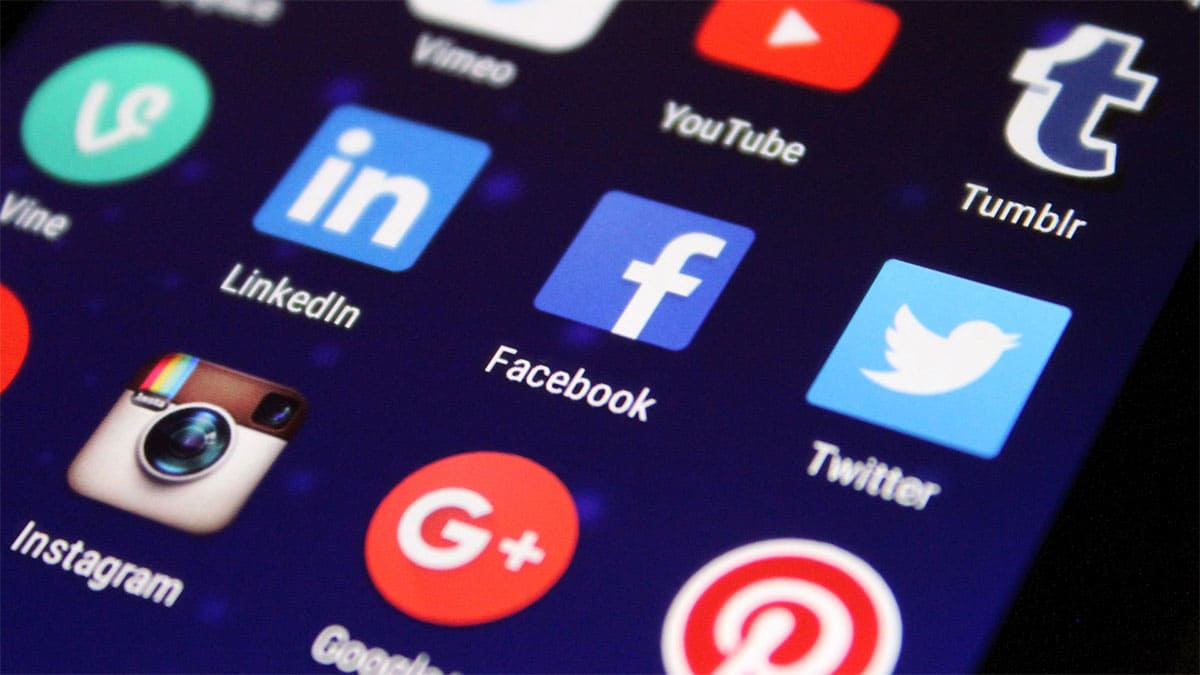Is your brand using social media as effectively as it could?
Facebook has long been the juggernaut of social media advertising, but if you feel like you’re not seeing the growth you want, it may be time to re-evaluate your brand’s relationship with social media.
You probably have an idea of who your target audience is already (and by the time you’ve completed our Branding Intensive, you know exactly who your audience is). With this information, you can make more informed decisions about how you use the social media options available to you and your brand.
But, as humans we often stick with the biggest and most familiar, which is and has been Facebook. We’re not advocating for a mass exodus from the platform, but encouraging you to branch out while keeping your audience in mind.
Here are some of your alternatives, and reasons to give them a shot:
If you’re new to Twitter or do not use it personally, it can be intimidating. What do you even say in 280 characters? (Turns out, not much more than when the limit was 140 characters.)
What Twitter truly excels at, especially for small businesses and entrepreneurs, is engagement. There’s nothing quite like getting a notification that one of your favorite personalities or brands liked or even replied to a tweet. Think about this from a customer perspective: how much more loyal does personal attention make you feel, especially when the internet can feel like an endless void?
The same principal goes for customer service. Twitter presents an opportunity to address customer complaints publicly, rather than one-on-one. Sound scary? Your bravery will be rewarded with a reputation for strong customer satisfaction.
Not everybody is on Twitter the same way seemingly everybody is on Facebook, but if your target audience is college-educated, above-average income millennials, you need to start taking advantage of this channel.
Instagram has over 800 million active monthly users you could be getting your brand in front of. Even better, they’ve added the ability for users to follow specific hashtags the way they would follow individuals. Plus, with expanded geo tagging, users who posted using locations saw 79% more engagement than without.
Where Facebook and Twitter and feel like a wall of text, Instagram is a more curated, inviting experience—and its user base is growing. 65% of the best-performing posts feature products. If your target audience is women or between 18 and 64 and you’re not on Instagram, you’re leaving money on the table.
Maybe you’ve written off Pinterest as too limited—it’s just moms and brides-to-be, right?—but chances are, it’s more diverse than you think. More importantly, it’s an effective way to drive traffic to your site, even if you’re not selling a physical product (although it’s a great way to market physical products, too).
While it falls under the heading of social networking, unlike Facebook, Twitter, and Instagram, Pinterest is really more of a search engine. If you have a blog with valuable, niche-targeted content, there’s a good chance there’s an audience for it on Pinterest. Additionally, it’s a good way to conduct market research on who’s pinning and re-pinning your content.
If you’re an entrepreneur or thought leader, there’s a good chance you as an individual are already on LinkedIn. The platform was at one time much more utilitarian— essentially an online resume that people might only log onto to update.
If you have a personal profile, you might have logged in recently and noticed some of the changes the platform has made, specifically with respect to helping small business grow. It offers a level of transparency beyond what you might have on your own website. Things that didn’t necessarily have a home before, such as insight into individual employees and company culture are at home in this new format.
Some key things you can use these new features for: really highlighting your company’s brand and culture in a public way, attracting business, giving or providing advice, driving traffic, and, unlike most other networks, hiring talent. If you are in any way a thought leader in your field or if you’re looking for talent, LinkedIn is essential.
If you’ve been ignoring these social media platforms, it’s time to take a closer look! Your audience might be hiding in plain sight. If you’re unsure where to start, we can help you identify your brand’s position and audience—what you need to make your online presence as effective as possible.







